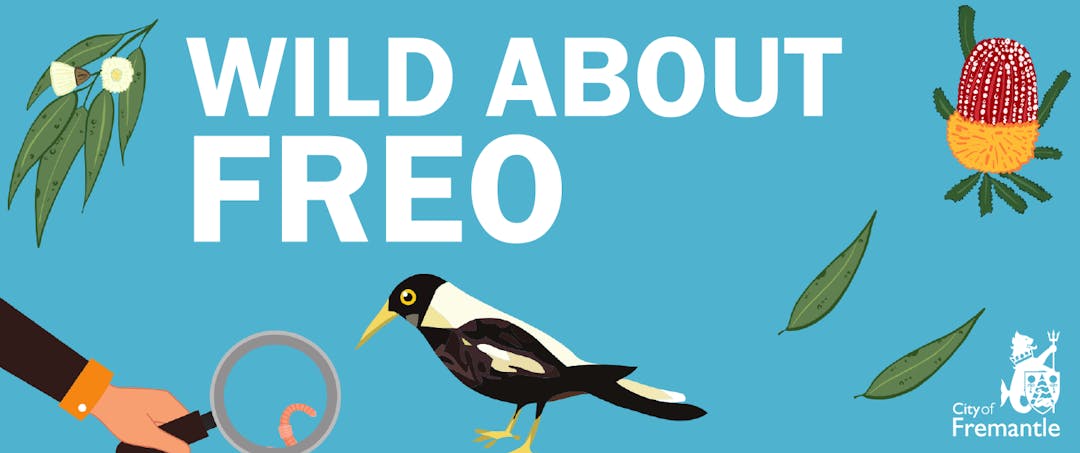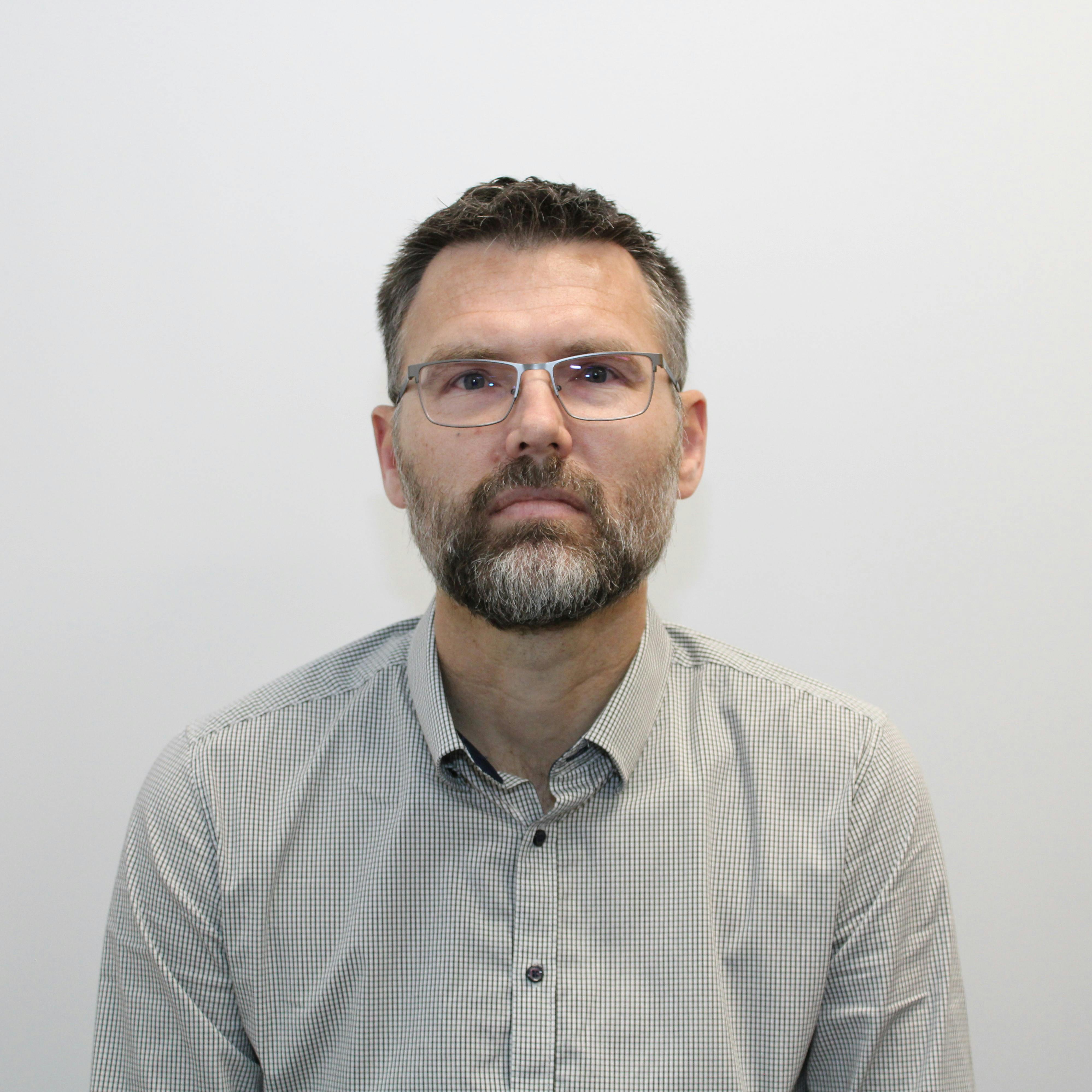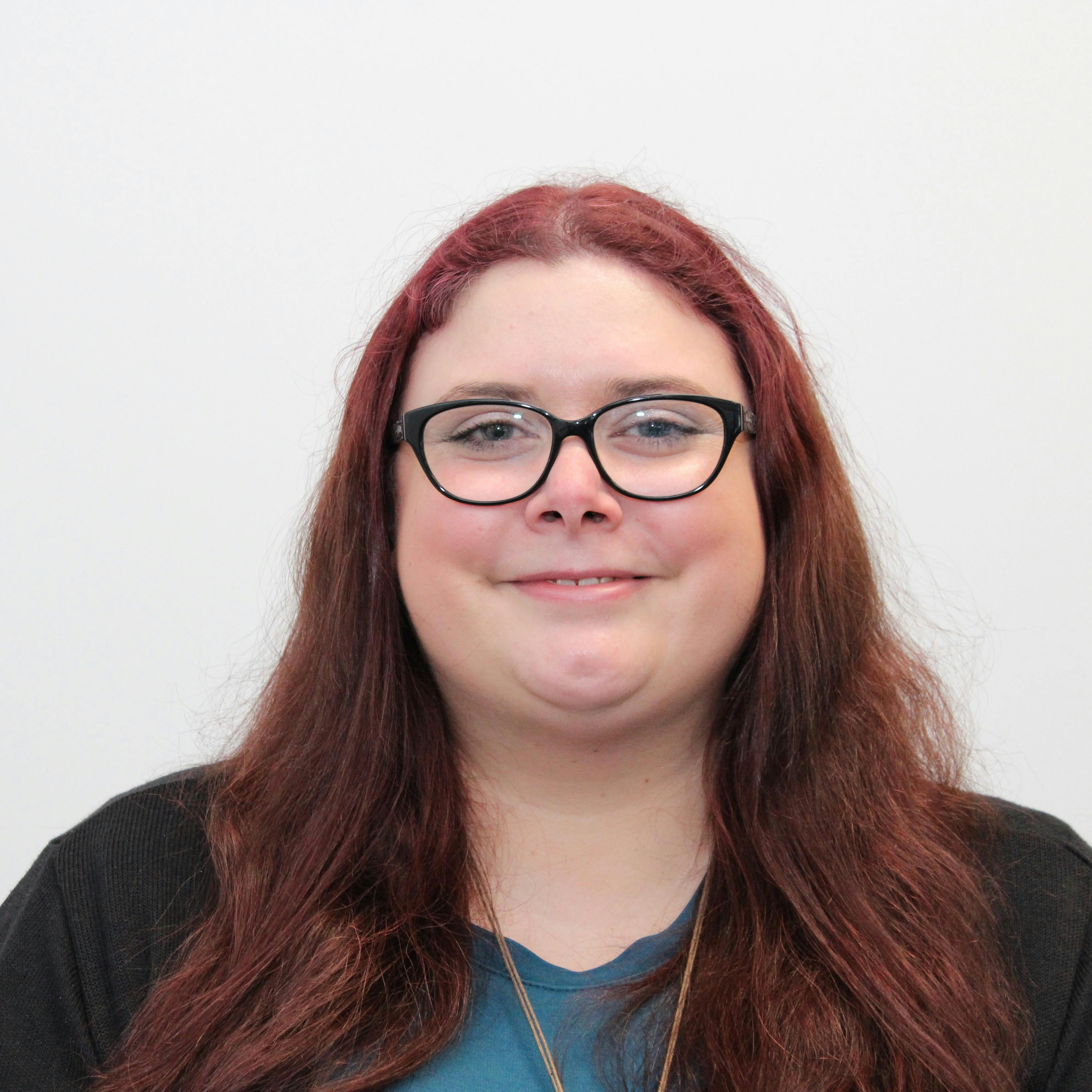Share Greening Fremantle on Facebook
Share Greening Fremantle on Linkedin
Email Greening Fremantle link
Did you know the City has a series of green links? Do you live on one? If so, we’d love to know what biodiversity you have in your backyard.
A key initiative in the Greening Fremantle Strategy is to “Develop links that increase the amount of flora/vegetation and increase habitats for native fauna and encourage their movement between green spaces and to increase and improve biodiversity areas.”
To find out if you live on a green link, check out the Green Links Map here or find it in Handy Documents.
Share Nature's pest control on Facebook
Share Nature's pest control on Linkedin
Email Nature's pest control link
When we think of bats, we might think of the cave-dwelling, blood-sucking creepy critters from vampire movies. But bats are more common (and a lot cuter!) than you'd think! Australia has more than 90 species of bat and 70% of these are microbats.
Most microbats eat insects, and some people call them 'nature's pest control' because of their voracious appetites. They can eat 40% of their own body weight in a night - that's several hundred insects per hour!
These types of microbats make their way through the dark using echolocation, listening to the echoes from their high-pitched calls (which are usually too high for the human ear to detect).
In Perth you can look out for the Lesser Long-eared Bat, White-striped Free-tailed Bats, Southern Forest Bays and Gould's Wattled Bats.
Image: Lesser Long-Eared Bat by Pavel German, used with permission
Share A biodiversity hotspot.. on Facebook
Share A biodiversity hotspot.. on Linkedin
Email A biodiversity hotspot.. link
June 5 is World Environment Day and the theme for 2020 is Biodiversity.
The south west of WA is one of only 36 biodiversity hotspots in the world, covering the planet's most biologically rich, yet threatened regions. There are more than 7,200 different vascular plant species here and over 80% of them are endemic, which means they're found nowhere else on earth.
We have more reptile species in Perth than any other urban area in the world, plus over 156 species of native birds and 15 amphibian species right on our back doorstep.
Keep an eye out for some of our endemic species in your observations - jarrah & karri trees, many species of eucalypts and banksias, black cockatoos and marsupials like the honey possum can all be seen not too far from home.
Share Who's flying in Freo? on Facebook
Share Who's flying in Freo? on Linkedin
Email Who's flying in Freo? link
Look to the skies - Our Natural Areas Maintenance Officer has put together a fantastic list of birds you can spot in Freo and surrounds, whether you're a beginner or a seasoned birder.
To download the guide, click here or visit the document library.
Thanks to user thebboys for this photo of some pink & grey galahs - head over to iNaturalist to see more observations and report your own!
Share Endangered Species Day - celebrating Banksia Woodlands on Facebook
Share Endangered Species Day - celebrating Banksia Woodlands on Linkedin
Email Endangered Species Day - celebrating Banksia Woodlands link
It's Endangered Species Day and we're shining a spotlight on a local threatened ecological community - the Banksia Woodlands of the Swan Coastal Plain.
What is a Banksia Woodland and why is it important?
The Banksia Woodland community is unique type of woodland found only in the south west of WA, including around Perth. To identify Banksia Woodland you can start by looking for a prominent layer of Banksia plants and a diverse understorey with many wildflowers.
Banksia Woodlands are an important habitat for over 20 other nationally threatened species such as Carnaby’s and forest red-tailed black cockatoos, chuditch (western quoll) and western ringtail possum; as well as many wildflowers unique to the south-west and other animals that depend on them, like the honey possum.
The Woodlands provide ecosystem services like helping cool temperatures in the area, storing carbon, filtering and maintaining Perth's groundwater, helping reduce flooding, soil loss and pollution, and of course they are a beautiful place for people to bushwalk and enjoy nature.
Why is this ecological community threatened?
This community was once common around Perth on the Swan Coastal Plain but has been reduced by about 60%.
Large amounts of this unique Banksia Woodland have been cleared and the remaining areas are very fragmented. This stops the migration of pollinators between the communities and leaves them vulnerable.
They also face other threats such as dieback diseases, invasive species, changes to fire regimes, changes to groundwater levels, climate change and other disturbances.
Find out more about our Banksia Woodlands and where to spot some by clicking here.
Share Green your garden on Facebook
Share Green your garden on Linkedin
Email Green your garden link
Throughout May 2020 the City and APACE Nursery are offering all City of Fremantle residents native plants for your private property at the subsidised price of $35 per pack.
Each pre-selected pack contains 20 various species best suited to Fremantle conditions. Residents can purchase up to two packs per household (giving you a whopping 40 new individual plants for your property!). You can check what's in each pack on the APACE Nursery website.
Be quick as plants are limited. Due to the COVID-19 crisis, the collection of packs will be different this year. To find how to get your pack read the full story by clicking here or visit: www.fremantle.wa.gov.au/news-and-media/green-your-garden-subsidised-plants












